One of my goals with the blog is to provide some insight into new plants that you might not know about or didn’t think would grow in our Mediterranean climate. Today’s post is on Galphimia gracilis. The common name is Spray-of-Gold or Golden Thryallis. This eastern Mexico native is a popular plant in warmer parts of the US, particularly Florida, where it seems to bloom endlessly with an attractive display of bright yellow flowers.
It is written that Spray-of-Gold can grow to 10 feet tall in habitat and that it usually maxes out at about 6 feet in Florida. The ones I planted have not reached their peak so I cannot say with confidence how large they will get in my Vista, CA garden. As long as we do not have a really cold winter I can’t see why it wouldn’t reach 6 feet here as well.
I would guess from reading and experience that Galphimia gracilis is a USDA Plant Hardiness Zone 9B plant. A freeze will cause it to die back to the ground but it is root hardy so it will come back in the spring. I have found that once nightly temperatures are in the 30s, the leaves on Spray-of-Gold turn a pretty reddish-orange color. While the leaves change color from the stress, the plant does not defoliate.
Galphimia gracilis really is an informal plant in the garden so it works well in many settings. I can easily see it planted in rock gardens to more tropical landscapes. The key to me is that it is a full sun plant. If it is planted in a shady environment it will grow leggy and won’t flower as profusely.
Galphimia gracilis blooms prolifically from late spring to early winter in our Mediterranean climate. The flowers do have a very subtle fragrance but you really need to work at it to smell it.
One really nice characteristic of this plant is that it is heat and drought tolerant once established. In fact, I have personally found that it will rot and die if over-watered or planted in a wet area. It is due to its drought tolerance that I would love to see this more readily available in garden centers here in Southern California. It isn’t often you can have a plant with a degree of drought tolerance that will bloom non-stop for months on end. Another great characteristic is that it has no serious insect or disease problems.
The good news is that Galphimia gracilis can easily be propagated either by seeds or cuttings. Because it does set a copious amount of seed, I could see it quickly becoming a plant nurserymen could bring to cultivation here. I just let the seedpods dry on the plant before picking and cracking open. Once extracted, I found that they germinate quickly soon after sowing.
I really believe this could become a great plant for gardens in the warmer areas of Southern California where temperatures don’t regularly drop into the 20s. I have yet to find one in any nursery and I think this is more due to the fact Galphimia gracilis has not been tried by many people here. Seed can be purchased online, so hopefully I have swayed you to give this plant a go and buy some today.

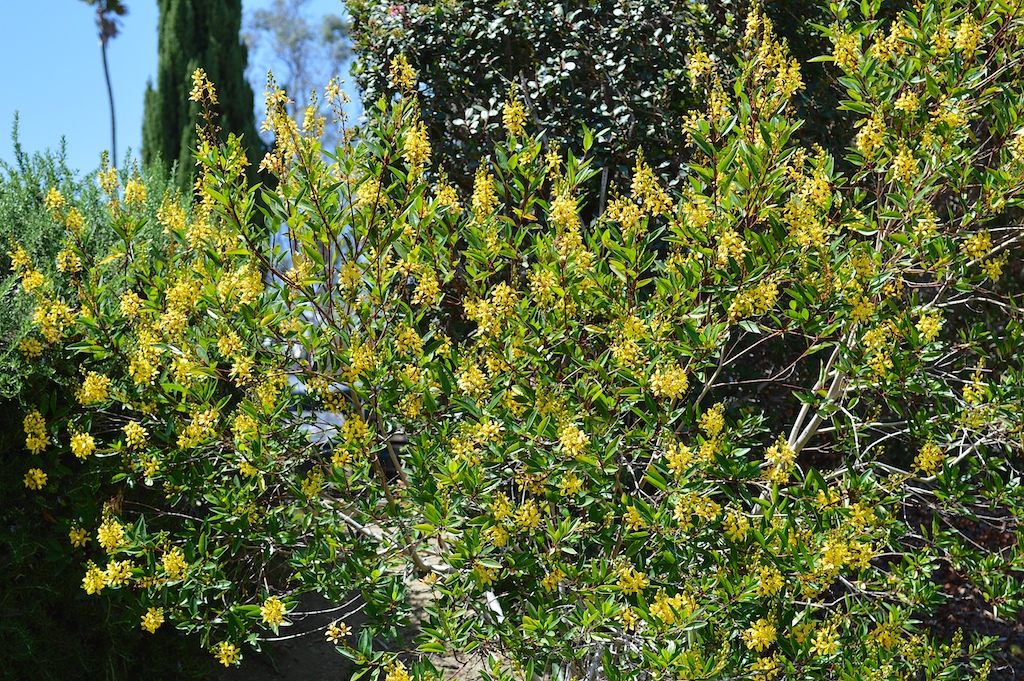
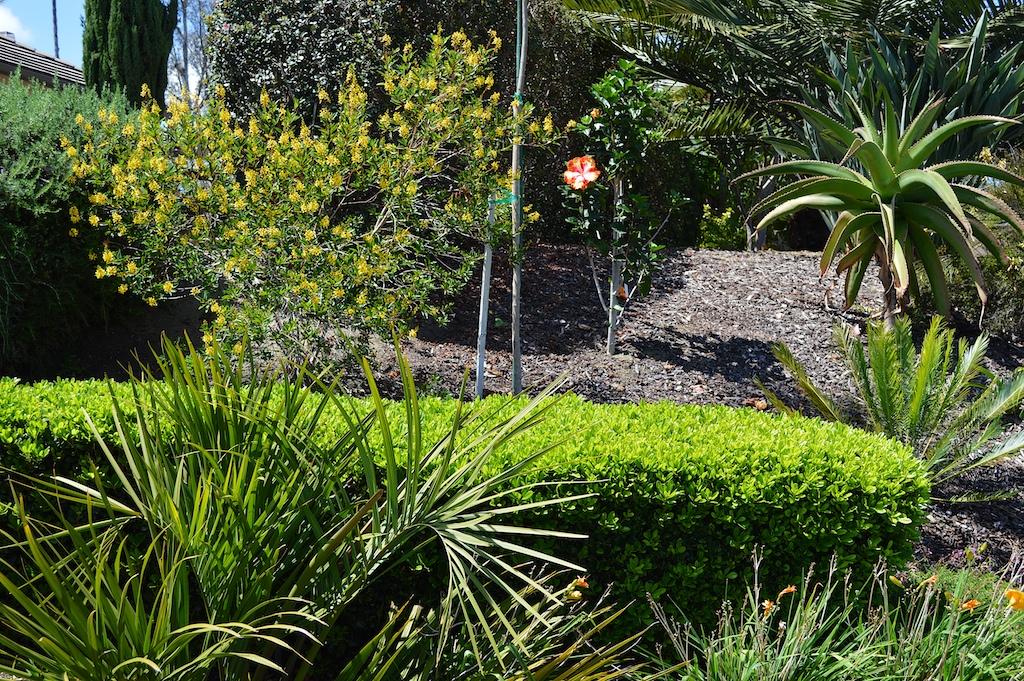
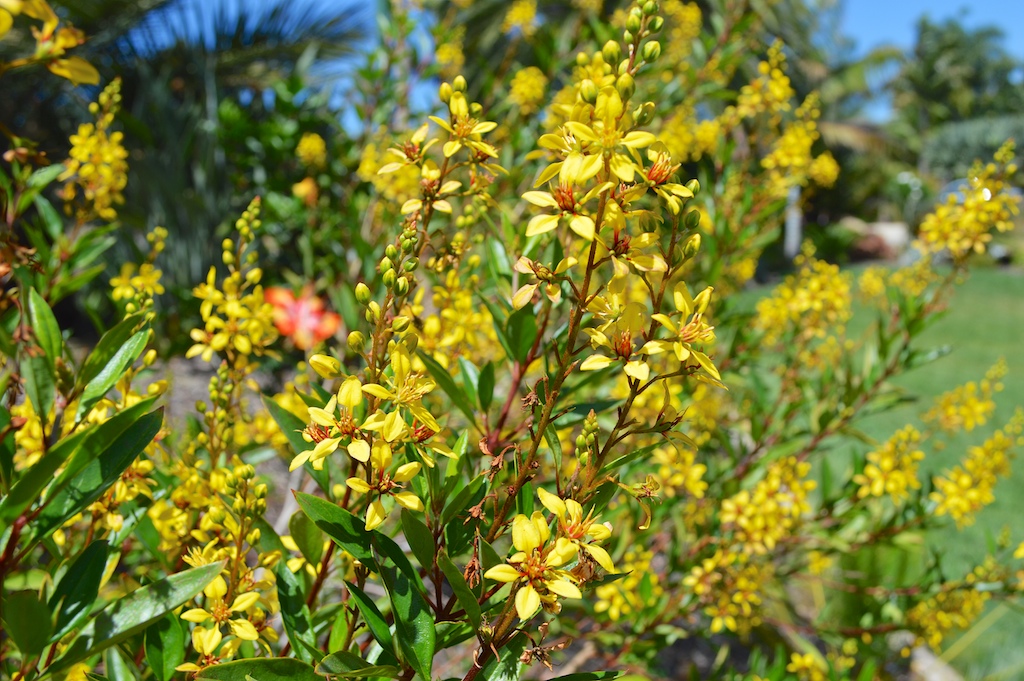
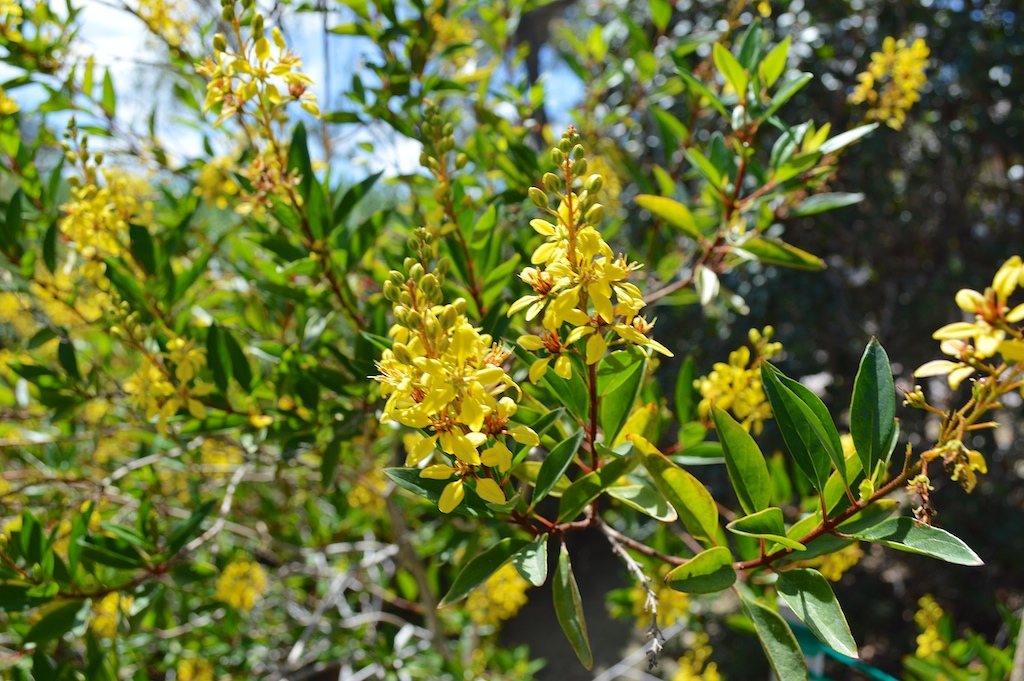
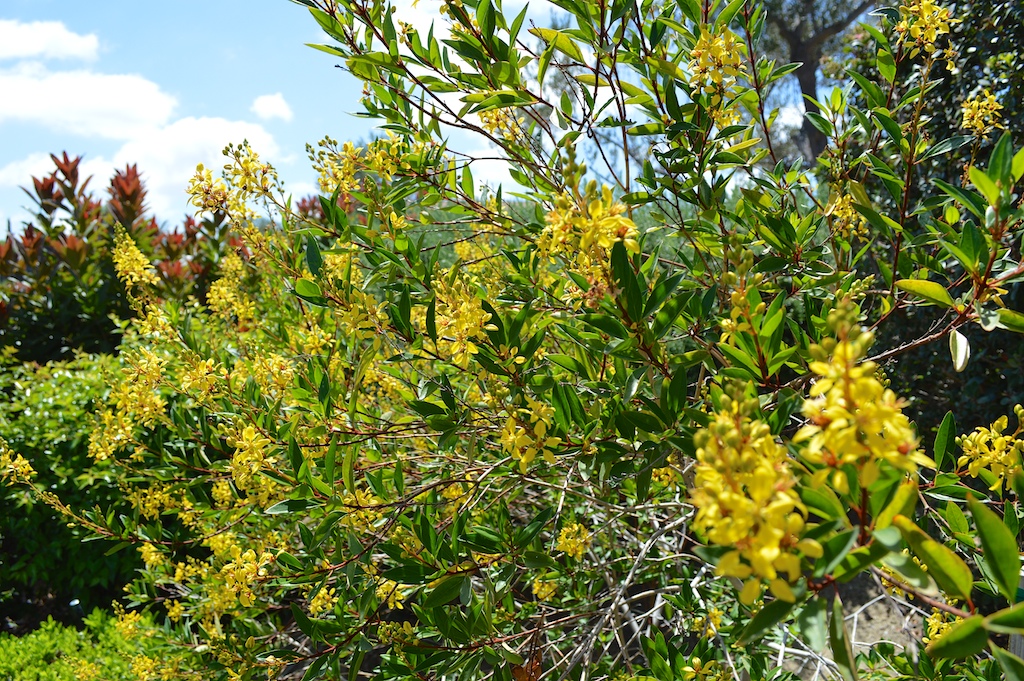
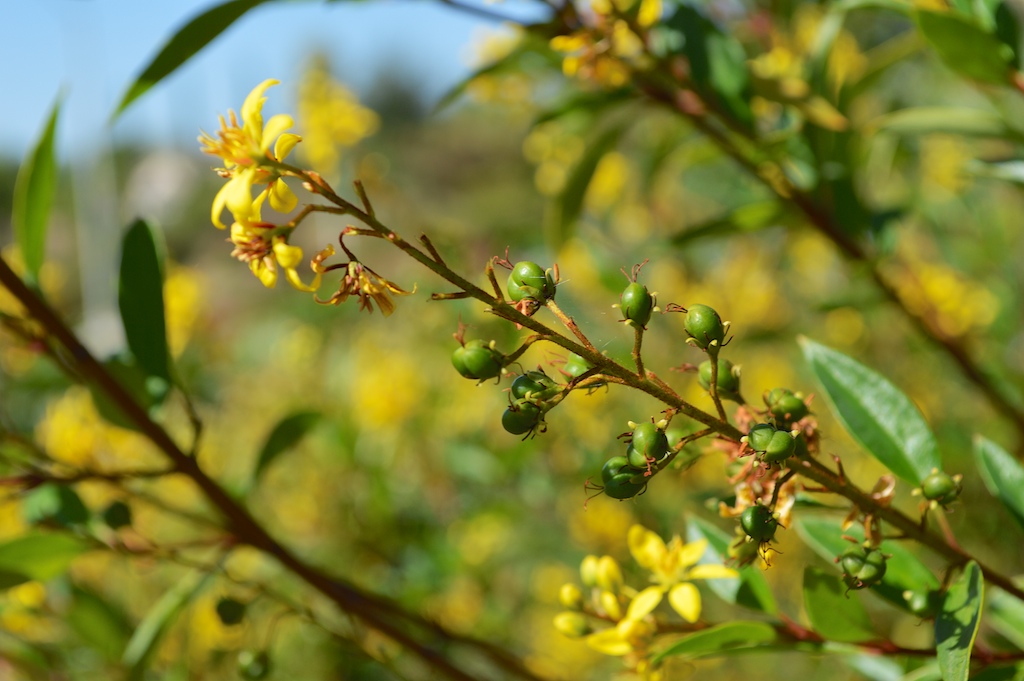
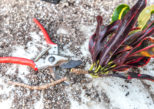
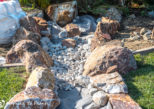

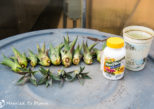
After 17 years of have them all around my pool this past summer they started drying out and they died complete, anybody know what could be the reasson?
Hi Mariana, sorry I don’t know. It could be so many things. The good news is that this plant is not expensive. 🙂